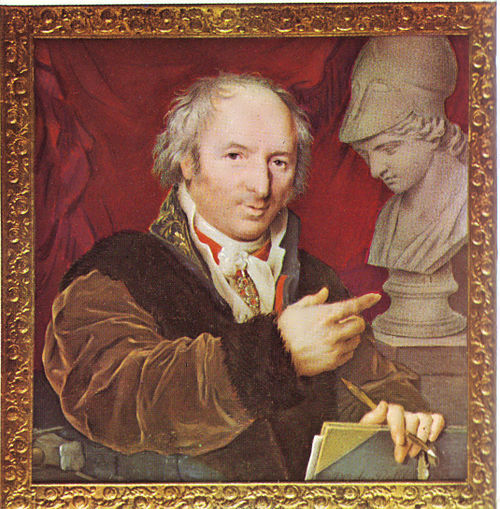Alexander Andreyevich Ivanov – Russian painter
The famous Russian historical painter Alexander Andreyevich Ivanov was born on July 16, 1806 in St. Petersburg into the family of Andrey Ivanovich Ivanov, a professor of painting. At the age of eleven he entered the Imperial Academy of Arts, where he was brought up under the guidance of his father. The official head of Ivanov at the Academy was Professor F. Egorov. Having received two silver medals for his success in drawing, the young artist was awarded a small gold medal in 1824 for the painting Priam asking Achilles for the body of Hector. And in 1827 the boy received a large gold medal for the picture Joseph In The Prison Interprets Dreams Of The Courtiers of Pharaoh and the title of the artist of the XIV class. These paintings belong to the early period of Ivanov’s creativity and possess all the classic features: balanced composition, plans, smooth drawing and local color, emotional expressiveness in the interpretation of traditional mythological and evangelical themes.
The images of the art of the Italian Renaissance had great significance for Ivanov. His painting Apollo, Hyacinth and Cypress, Engaged In Music And Singing (1831-34), created already in Rome, is characterized by an unusually fine composition and color harmony and poetic elevation of the interpretation of the images of the ancient myth. The artist reveals the hidden divine meaning of nature.
More »






